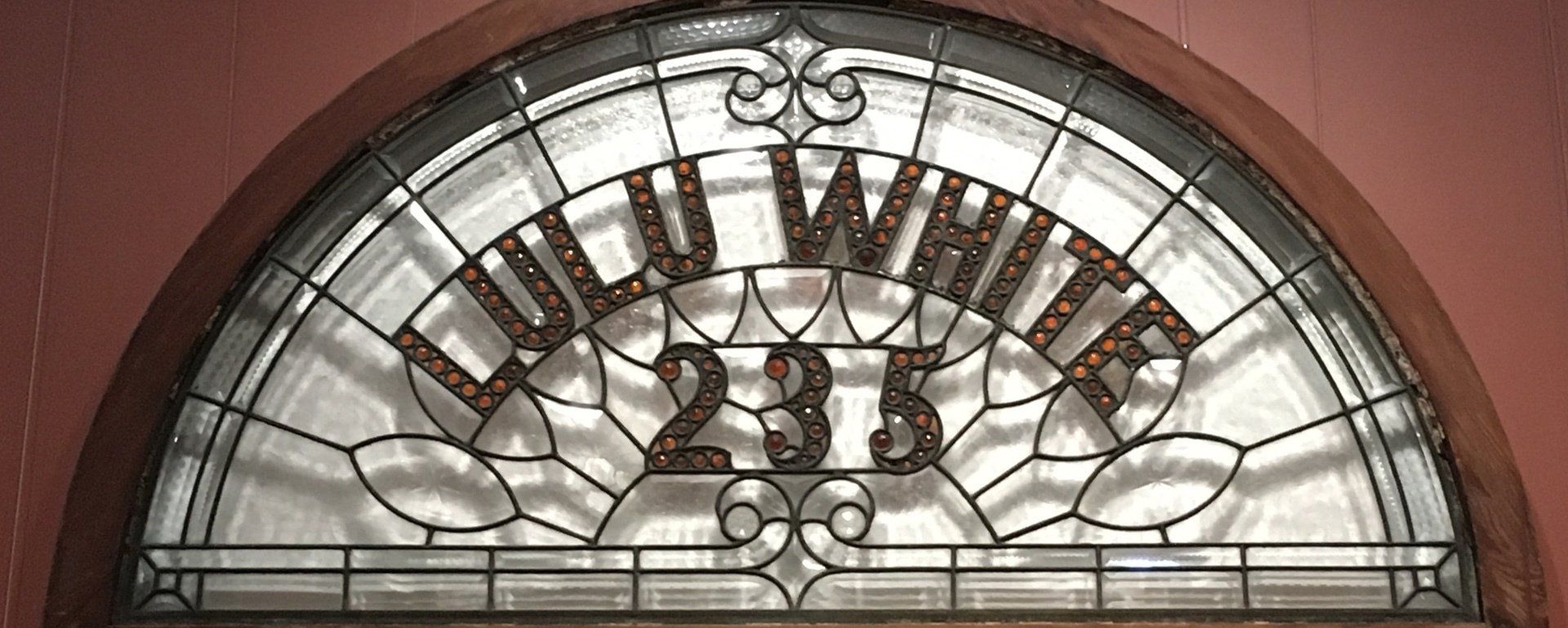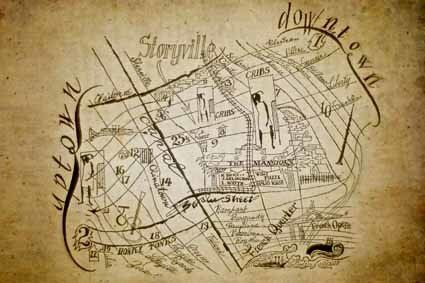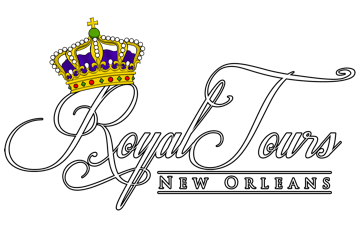“When the noon hour chimes in the St. Louis Cathedral clock tower on Jackson Square every Friday, the court house shuts down, law offices close, the chefs at Galatoire's and the bartenders at the Old Absinthe House on Bourbon Street get busy. The ladies of the night are just waking up, starting to make appointments.” ― Glynn Wilson, The Southerner
Prostitution permeated the French Quarter of New Orleans nearly from its founding. In 1718 when Jean-Baptiste Le Moyne, sieur de Bienville settled on the future site on New Orleans, it was little more than a swamp, filled with snakes, alligators, and insects. The location attracted only the most hearty or the most savage of men.
With few women daring to make the long journey, Bienville wrote to Paris, "Send me women for my Canadians. They are running into the woods after Indian girls."
In 1721, eighty-eight women from a house of correction in Paris arrived in New Orleans. A few married, some disappeared to history, but the majority showed themselves to be "girls who could not be restrained."






